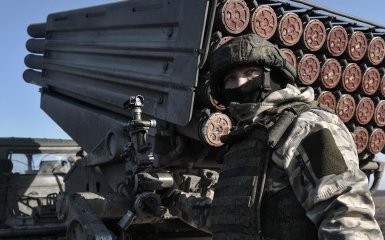The Russian invaders are withdrawing their forces to the east of Ukraine, and they have already resorted to "powerful thrusts" on Chasiv Yar in the Donetsk region. The OSTG "Khortytsia" speaker Ilya Yevlash reported this.
Russians attack Chasiv Yar in Donetsk region
This can be considered one of their powerful thrusts on Chasiv Yar... Access to Chasiv Yar will open the way for the enemy to continue their offensive actions, a springboard for the offensive on Kostyantynivka. And, of course, the main goal in the Donetsk region is the Kramatorsk-Slovyan agglomeration.

Ilya Yevlash
OSTG "Khortytsia" speaker
According to Ilya Yevlash, the Russian army is doing everything possible to take advantage of the moment. It is also resorting to the "run where it pours" tactic, looking for weak spots.
It is quite possible that the enemy will start active assault operations if it finds at least one weak point in the defence of the Armed Forces of Ukraine.
Why did the Russians assault Chasiv Yar?
Ilya Yevlash notes that Russia's soldiers regard this settlement as key for continuing the offensive on Kostyantynivka and the Kramatorsk-Slovyansk agglomeration.
It is essential to understand that near Chasiv Yar, Ukrainian forces built several defensive circles.
In addition, on this part of the front, there are minefields, both anti-tank and anti-personnel, and embankments and anti-tank ramparts were also made to impede the advance of heavy equipment of the Russian army.
Ilya Yevlash points out that preparations were made for the defence of Chasiv Yar a long time ago, even when the enemy was able to capture Bakhmut.
Of course, it was clear that it was necessary to equip additional lines of defense, more profitable. Since the next largest settlement in this direction was Chasiv Yar, he emphasised.




